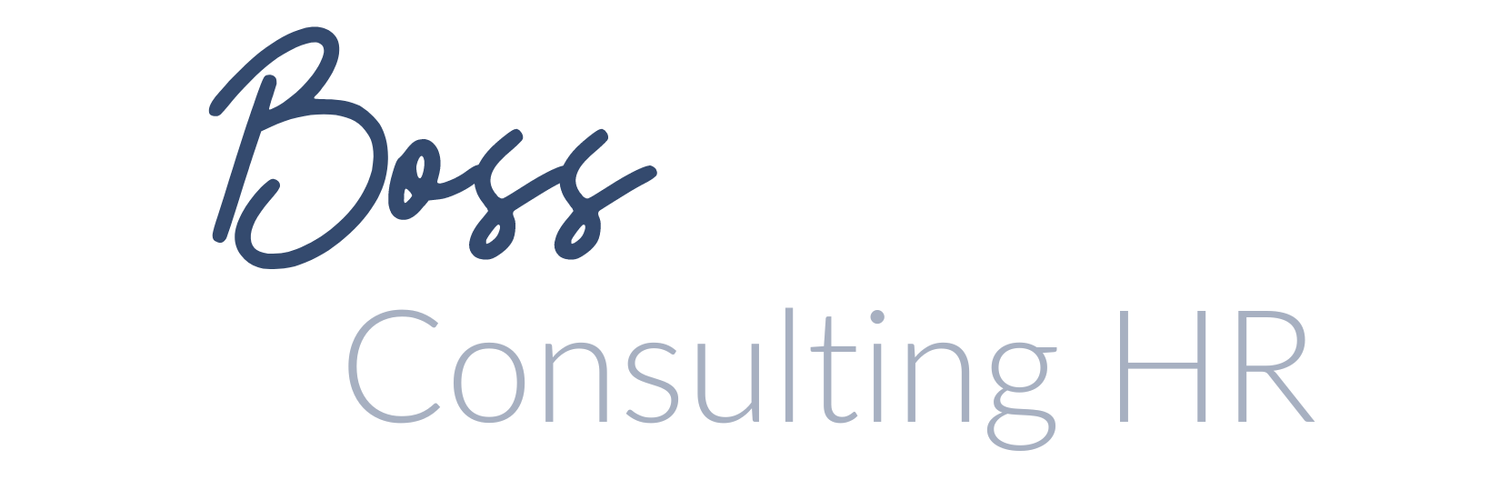How Effective Sexual Harassment Prevention Training Can Save Your Business
And why it’s already too late when a claim is filed.
Sexual harassment prevention training. Yep, we said it. Your employees dread it, your managers do too.
With updates to Connecticut’s Fair Employment Practices Act and the recent passage of the Speak Out Act, sexual harassment is a hot-button topic right now. Depending on the state you’re in, it’s not only a topic of conversation but also, required by law.
We know it can feel like a compliance box to check and not a training that adds real value to your bottom line. But good, quality, interactive sexual harassment prevention training can do just that.
When a workplace incident occurs and a claim is filed, it’s already too late to start training.
The liability falls to you as the employer and the repercussions are serious. It’s not a topic to bury your head in the sand on. All while crossing your fingers that no sexual harassment incidents occur in your own workplace.
Instead, it’s time to take preventative action. And that action comes in the form of training.
Today we are talking about what great sexual harassment prevention training can do for your business and why waiting until a claim is filed to take action is already too late.
Workplace Sexual Harassment Prevention and Your Bottom Line
Liability
When a claim is filed you’re open to considerable liability, including a potential lawsuit. Chandra Law reminds us that “under federal law, you can only sue the employer in a sexual-harassment case. If that employer is a small business, it may mean … suing them and they go out of business.”
A sexual harassment claim, depending on the scope and action taken, could quite literally derail your business.
Equipping both yourself and your employees with the necessary training and tools to understand sexual harassment and inappropriate behavior is a vital step to prevent a lawsuit from ever becoming a possibility.
Reasonable Accommodation
Once a claim is filed, new responsibility falls to the employer. Responsibilities such as insuring protection and accommodation for the affected worker. Including protection from further harassment or from retaliation from filing.
For our Connecticut employers, recent changes to the Fair Employment Practices Act mean victims of sexual assault are now a protected class. Under the law, you must provide reasonable accommodation including leave.
If you’re not in CT, we urge you to check your local state laws. Even when reasonable accommodations are not required under the law, it is still best practice in cases of sexual harassment.
NDAs Null and Void
Just last month, Congress passed the Speak Out Act. Under the act, employers are prohibited from forcing those who file a claim or any victim of sexual harassment to stay quiet.
This means that any NDAs and non-disparagement agreements you’ve got in place are rendered void in cases of sexual harassment claims.
Once a claim is filed, your protection agreements go away. Which could have serious implications for you and your business. Now is a good time to familiarize yourself with the Speak Out Act to understand what it could mean for you and your employees in cases of sexual harassment.
“Unfortunately, we rarely see employers do what is right in these circumstances.” – Chandra Law
Once a claim is filed, the next steps you take next are pivotal to your business. You may incur substantial out-of-pocket expenses to hire your own legal representation, or an HR professional to help you navigate the situation.
It’s hard to know how best to handle the process of providing accommodation to the affected employee. How to ensure none of your actions are seen as retaliation. How to make certain it doesn’t happen again. And how to preserve your reputation. The ripple effects of a claim are widespread for any small business.
This is why we recommend taking preventive action now to protect yourself from potential sexual harassment incidents.
Sexual harassment prevention training led by a qualified HR professional is one of the best ways to do so. This small investment can save you time, money, and overall business productivity.
Sexual Harassment Prevention Training that Actually Makes a Difference
We understand the eye roll that comes when you tell your managers and employees that it’s that time of the year again. Sexual harassment prevention training time, that is.
But it doesn’t have to be monotonous. It doesn’t have to just be a requirement box you check off once. Interactive sexual harassment prevention training has the power to transform your workplace and how people treat and understand one another.
At Boss Consulting HR, we have developed a tried and tested training that can help you do just that.
“‘We believe effective training can reduce workplace harassment, and recognize that ineffective training can be unhelpful or even counterproductive.’” – EEOC (via Forbes)
Sexual Harassment Prevention Training the BCHR Way
Okay, so you know you need to bring effective sexual harassment training to your workplace. *Sans eye roll*
At Boss Consulting HR, our sexual harassment training looks different. This is not the stuffy pre-rerecorded training you’re familiar with. Instead, our founder and expert coach Dana Dowdell brings a whole lot of personality, interactivity, and the Quirky HR touch to this one-of-a-kind training.
Sure, we’ll be covering compliance so you are up to date and in accordance with your state’s laws. But our focus is on the bigger picture.
It’s all about how we treat each other at work and how we can utilize valuable tools and strategies to ensure a safe and respectful work environment. One with happy employees and employers. When your people are happy, so is your bottom line.
This training is immensely more valuable than the pre-recorded stuff you’re familiar with. Fully interactive, with quizzes and a certified HR professional to guide you, it’s the training you and your workplace need now.


